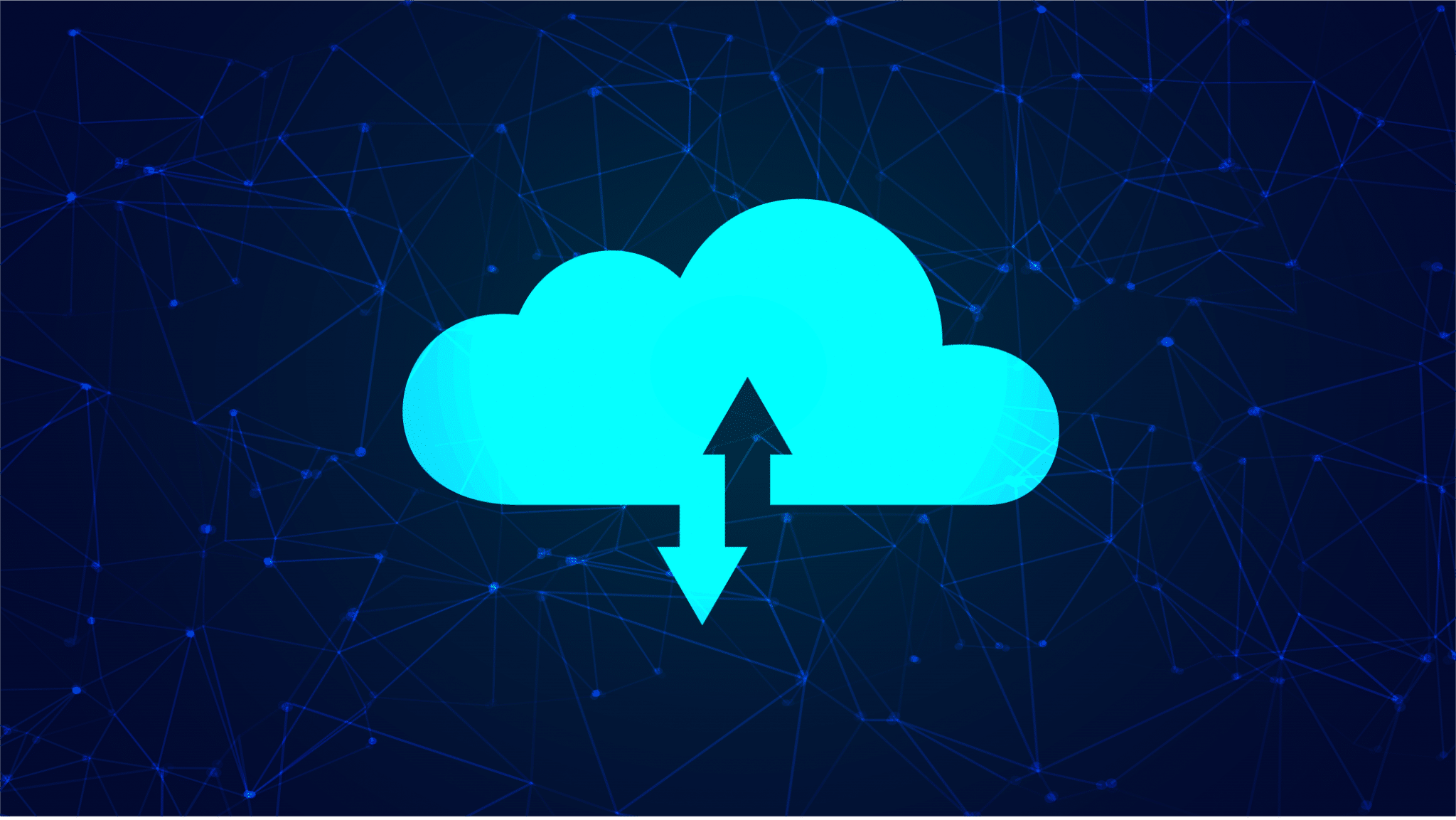Learn More About What Makes Amazon Web Services (AWS) GovCloud Different.
August 24, 2021
Within the context of the Cloud, database migration involves moving source data from one platform to another. While that sounds like a simple process, database migration to the cloud can be especially challenging due to factors such as:
- Scale & Complexity – the types of databases important enough to move can be particularly large and complex.
- Day-to-Day Dependency on the Database – If your database is supporting an application or service you are currently running, any interruption can cost your organization dearly. Add to that the risk of data loss and a poorly planned migration can spell disaster.
- Re-Coding or Converting Your Database – Moving a database often requires developers to re-code aspects of it so that it will function in the new environment.
- Initial Startup Costs – Deploying the right tools and employing the right experts can be expensive. Not to mention the cost a new cloud platform might add.

With all of the challenges, why would an organization choose to migrate its databases? Generally, database migration goes hand in hand with application modernization. Forward-thinking companies are increasingly ditching their legacy software applications in favor of an agile, cloud approach. To re-tool your application for the Cloud, it makes sense that all the accompanying data will need to migrate with it. Migrating your workloads has the added benefits of:
- Superior Agility – Once you’re in the Cloud, you will find it’s easier to update and adapt as the market changes.
- Scalable Pricing – With a pricing structure that easily scales up or down to fit your needs, cloud migration is generally a great long-term strategy for reducing expenses.
- Improved security, compliance, and accessibility
- Better Consistency – a migration may be the right time to merge disparate databases.
Downtime
Depending on the tools you use, your cloud destination, and the configuration of your current database, migration can result in significant downtime. If your migration requires schema conversion or recoding your data for a new type of database, it can mean days or even weeks of downtime.
If you want to ensure a smooth transition, confirm that the migration tool you’re using can back up changes made to your database during the migration to prevent data loss and prevent service interruptions. On-going replication guarantees that your source and target databases remain in sync. This will allow you the most flexibility and help minimize any downtime by allowing you to keep your current database live during the conversion process.
Complexity
Do you know how large your database is? What about how old it is? There are many factors to consider when migrating a database to the cloud. One of the most significant factors in planning your migration is deciding if it will be homogenous migration (such as Oracle to Oracle) or a heterogeneous migration (such as Microsoft SQL to Amazon Web Services).
A first step that can help you manage complexity is to know where you’re heading. Each cloud provider has its own protocol for database migration. You should take the time to get familiar with the pros and cons of each cloud provider and the services they offer. Similarly, prioritize consistency and stick with just one tool for your entire migration project. Trying to use different coding Mixing and matching approaches tends to cause more problems than its worth.
The Right Expertise
Do you have the right professionals in place to shepherd your migration? Database migration is not always a great DIY endeavor. This is especially true when the databases you have targeted for migration are mission-critical.
Finding the right migration partner can alleviate a lot of the stress of moving your databases. Choosing someone with a proven track record means your project will run more smoothly.
What Should We Do to Get Started?
A great place to start is with a pre-assessment. Here are a few key questions to get you started:
- How big is your database?
- Do you have any very large tables (over 200 gigabytes or 2 million rows?)
- How busy is your database? Is it being used daily, weekly, or only occasionally?
- Can you afford downtime, if so how much?
- What kind of users, roles, and permissions do you have on the source database?
- What will you do with your application and your source database after the migration?
- Do you have multiple databases, and do they all need to move? If so, will they be moving to the same place?
- Who at your organization will be a stakeholder in this project, and what sort of expertise do they have?
- Do you have a contingency plan if something goes wrong?
- What are your long-term needs, and will the provider you’re considering meet them?
Struggling to make sense of these answers? Don’t be afraid to ask for a pre-assessment provided by an expert. Many providers will be able to advise you on the next steps.
How can DOMA help?
We understand that you’re looking for a simple, affordable, and reliable solution for migrating your databases to the Cloud. As a certified Amazon Web Services Cloud partner, DOMA can help you move and convert your workloads to the Cloud using AWS’ database migration service.
Your migration can be automated with tools like AWS Database Migration Service (AWS DMS) and AWS Schema Conversion Tool (AWS SCT. This means less downtime and the security of ongoing replication.
About DOMA- Powered by Tech, Driven by People
DOMA Technologies (DOMA) is a software development and digital transformation company whose mission is to change customer lives by lightening their workload through faster and more targeted access to their data. Since 2000, our team of 200+ experts has helped businesses navigate all aspects of the digital world. We are a dedicated strategic partner for the federal government and private sector clients at every stage of their unique digital transformation journey.

Author:
Danielle Wethington
Director of Communications
Get a Free Assessment
Get a free Cloud Migration Assessment. This four-hour assessment will help you determine the best next steps for migrating to the Cloud.
Recent News

Humanizing Healthcare

Reducing Improper Payments

Beyond the Merge: Alex Feliciano on Transforming Federal Healthcare

